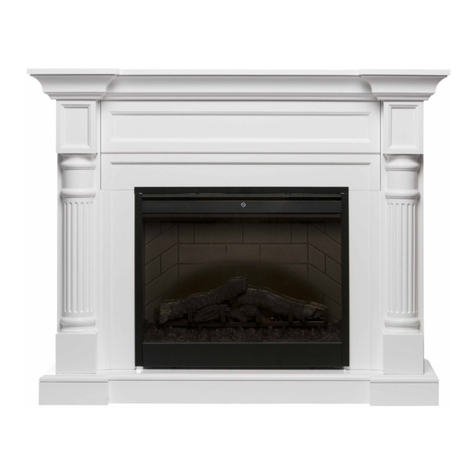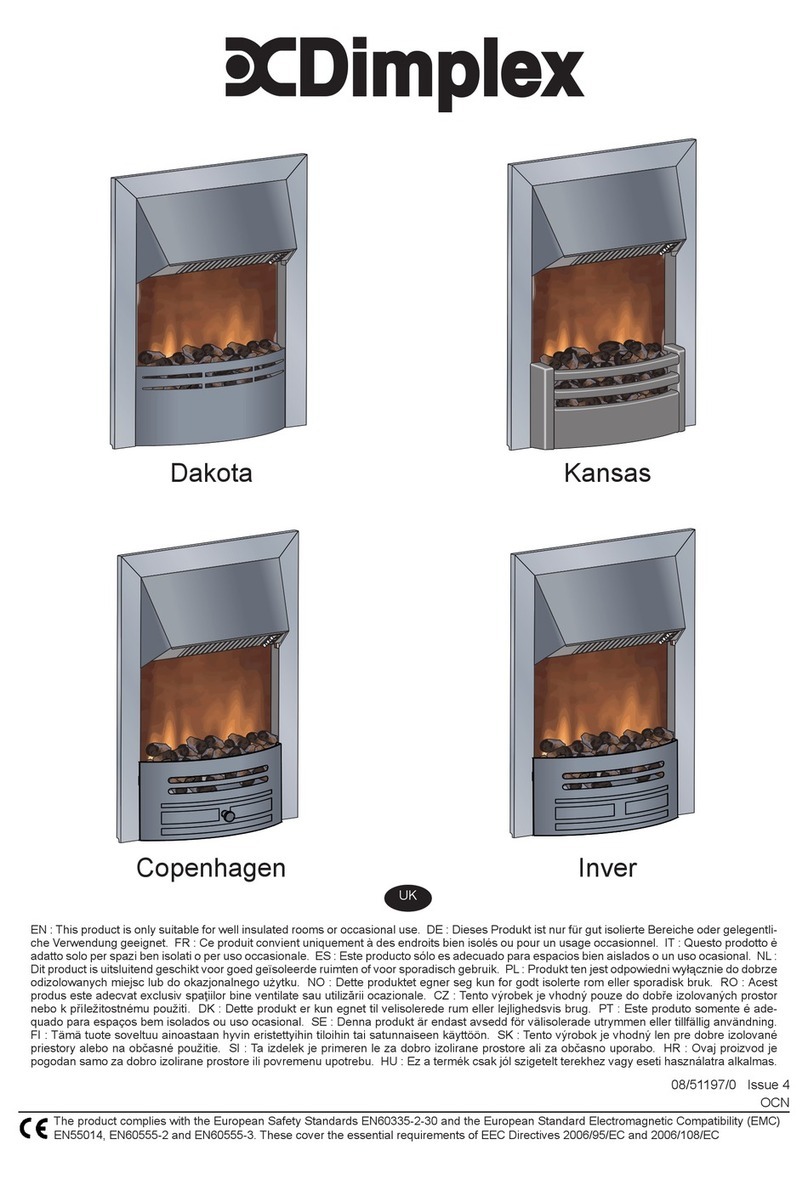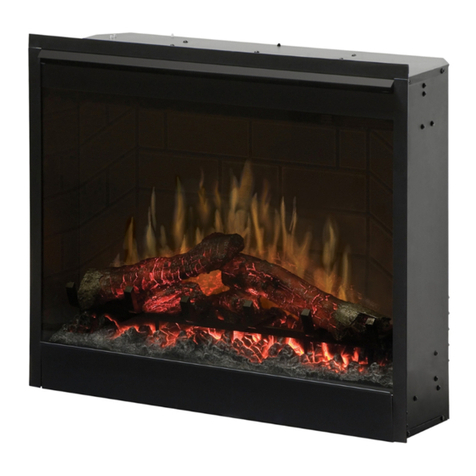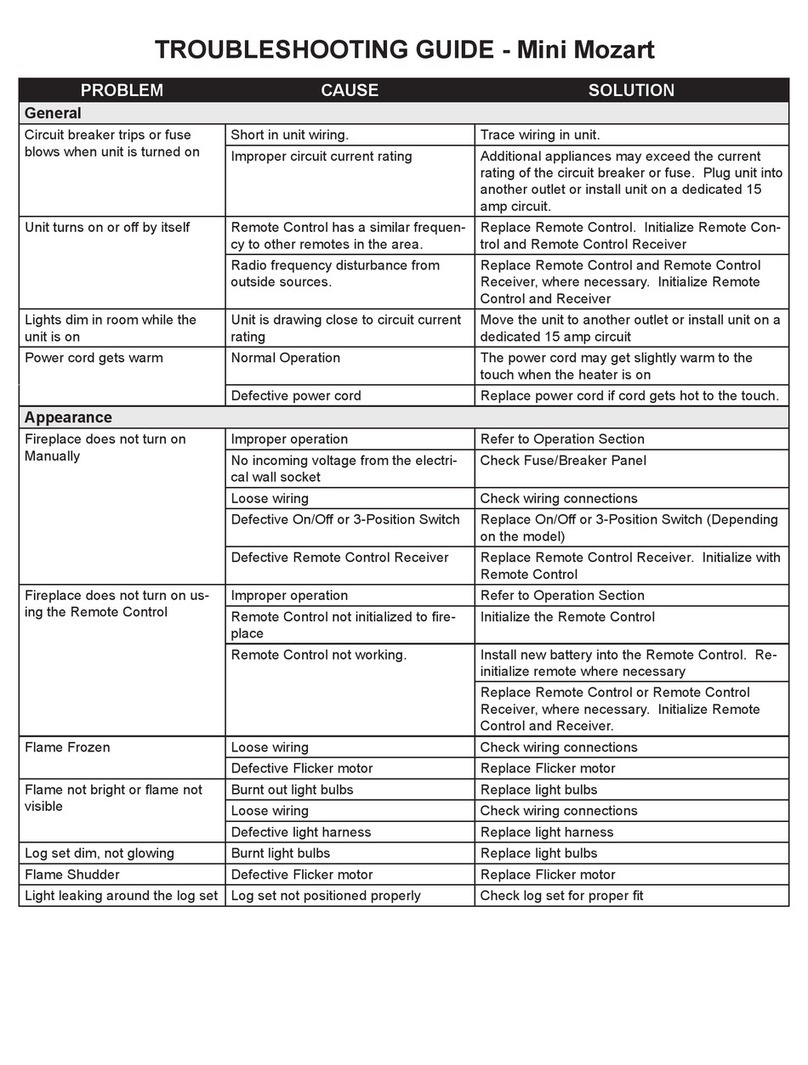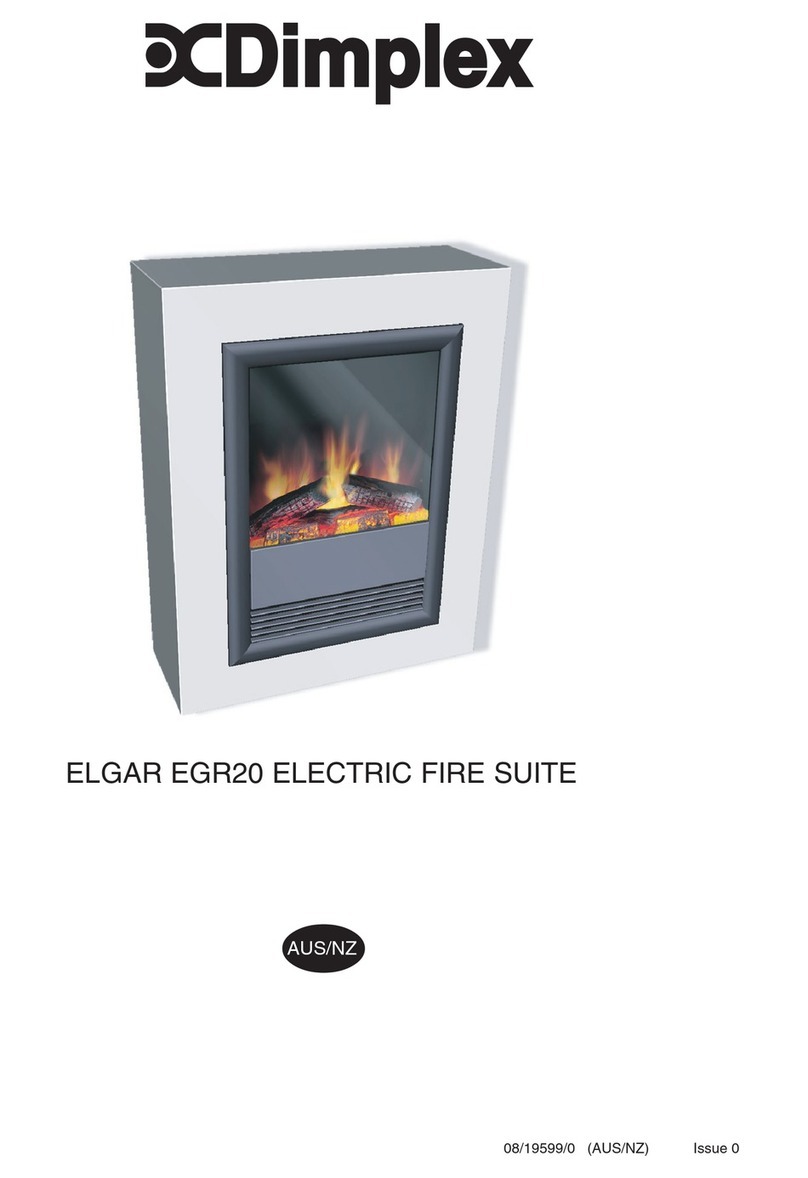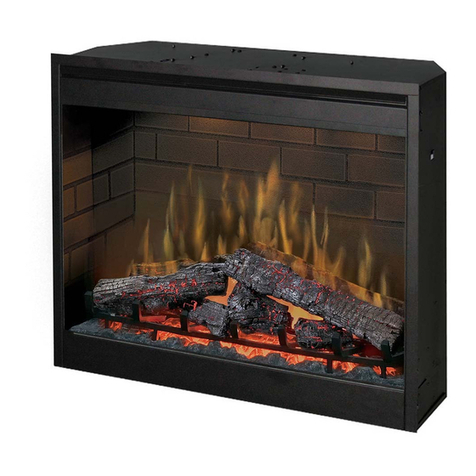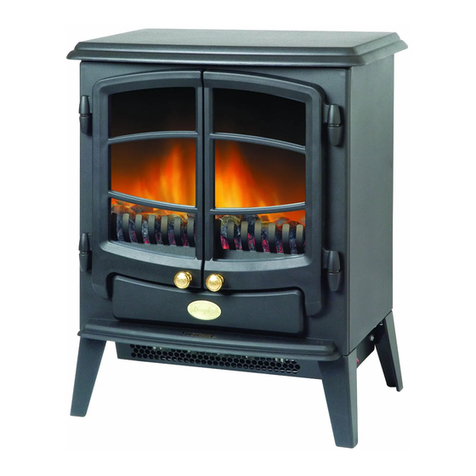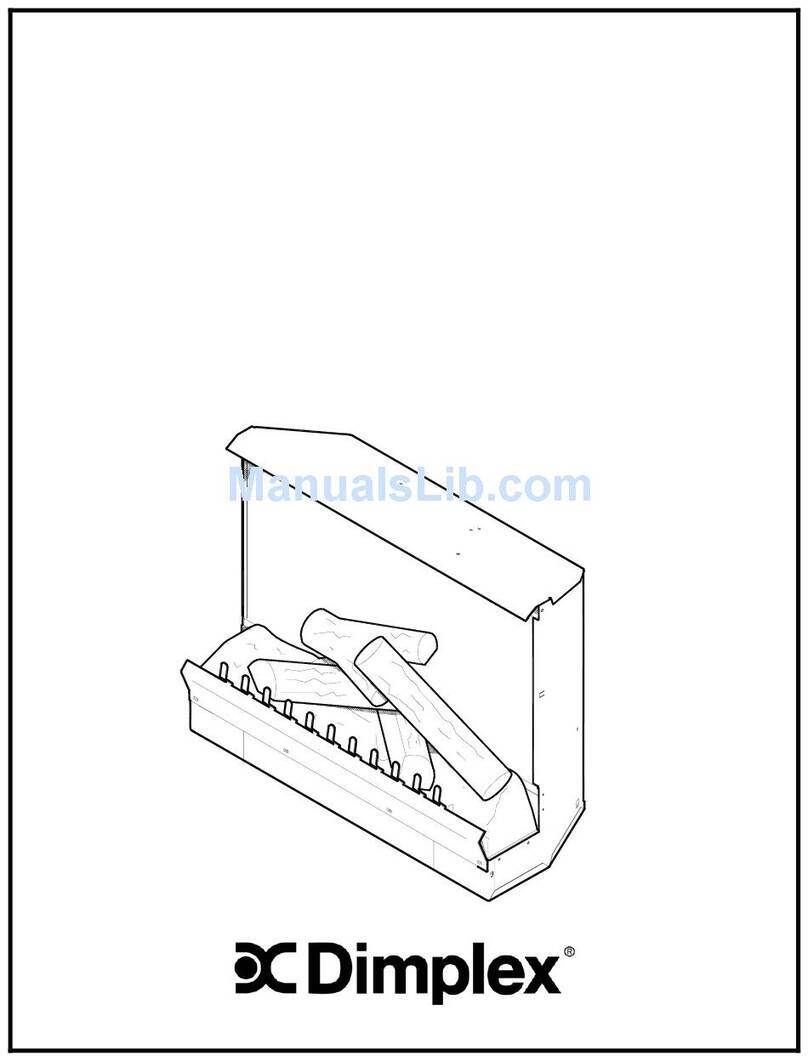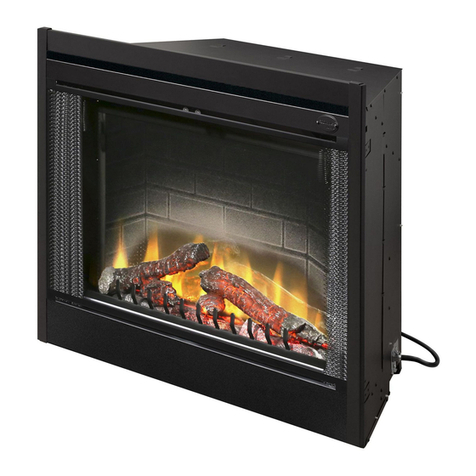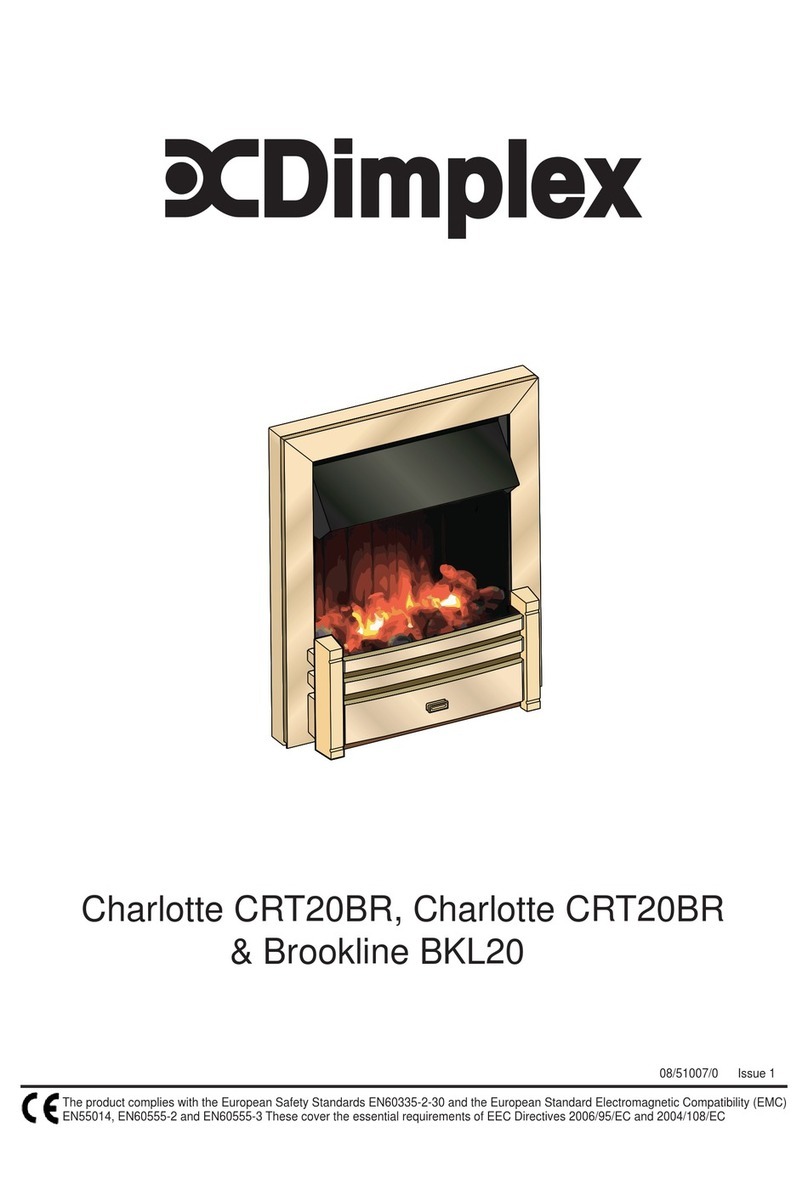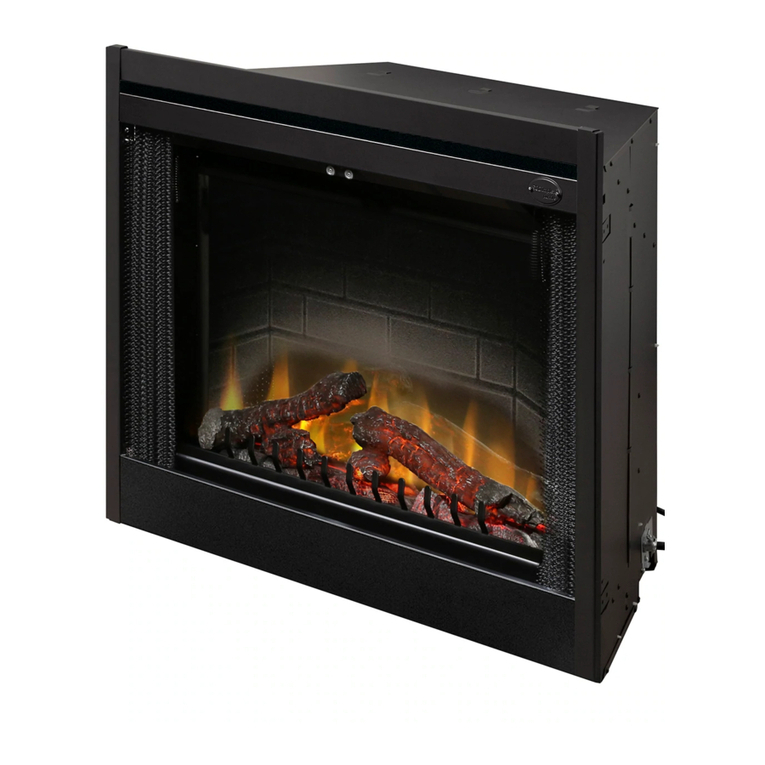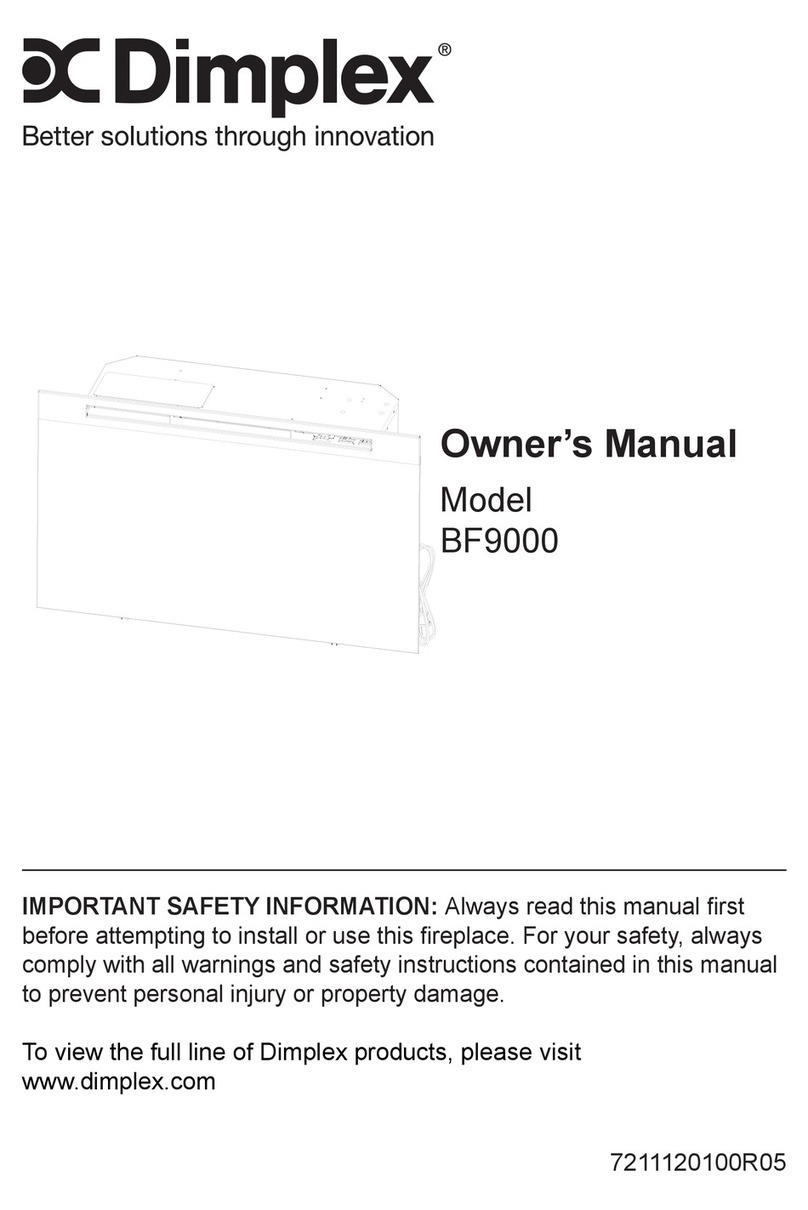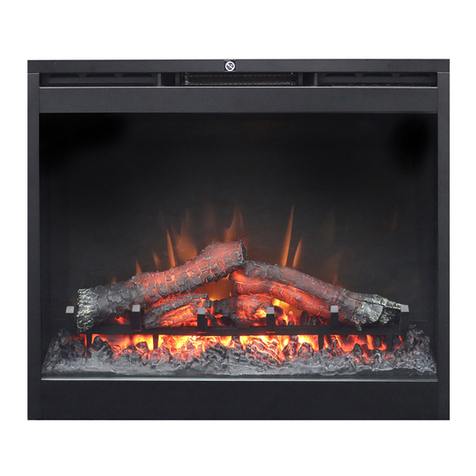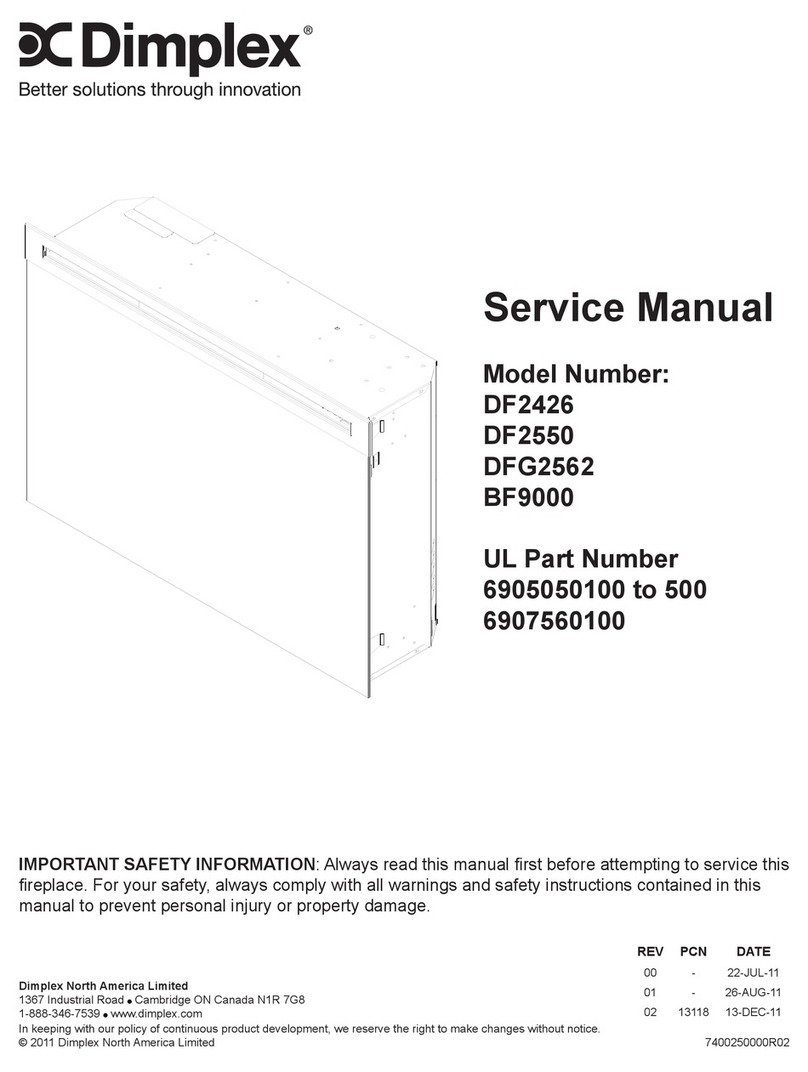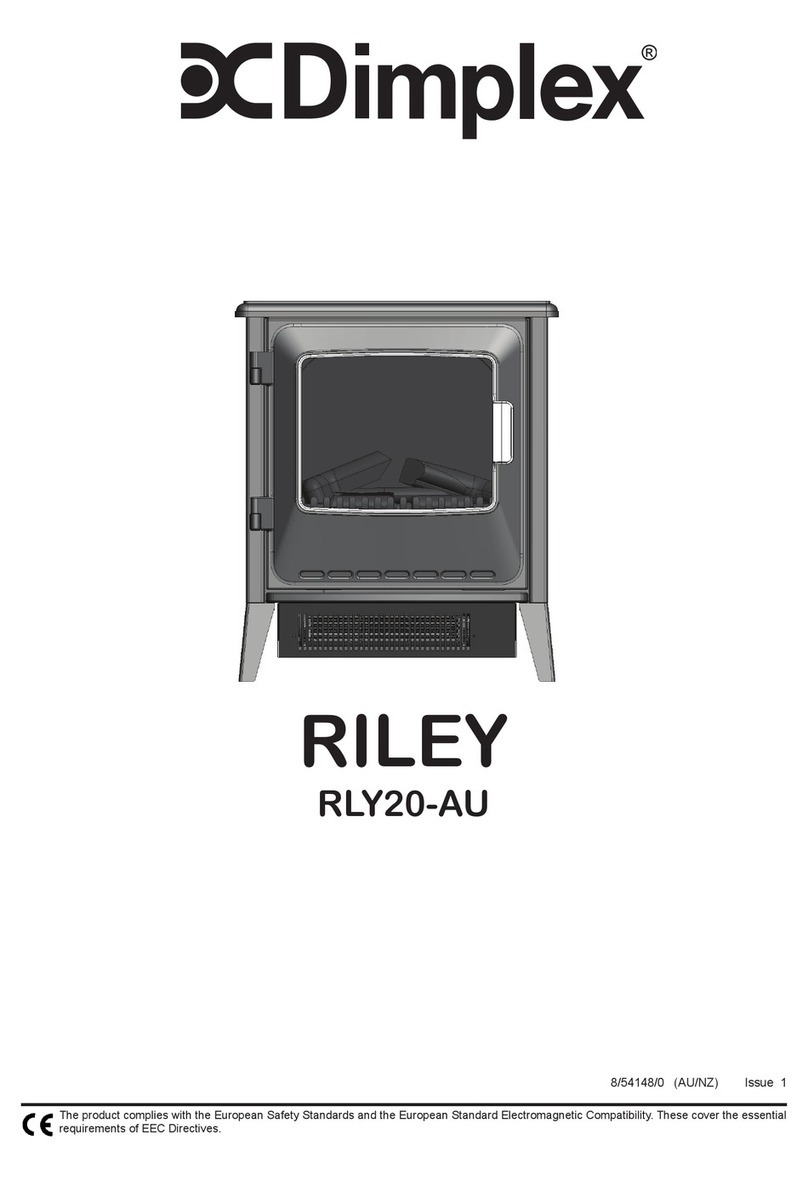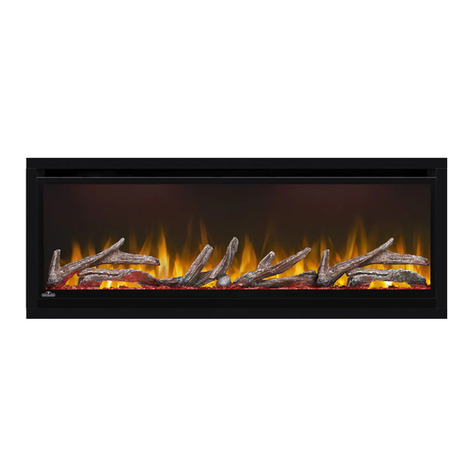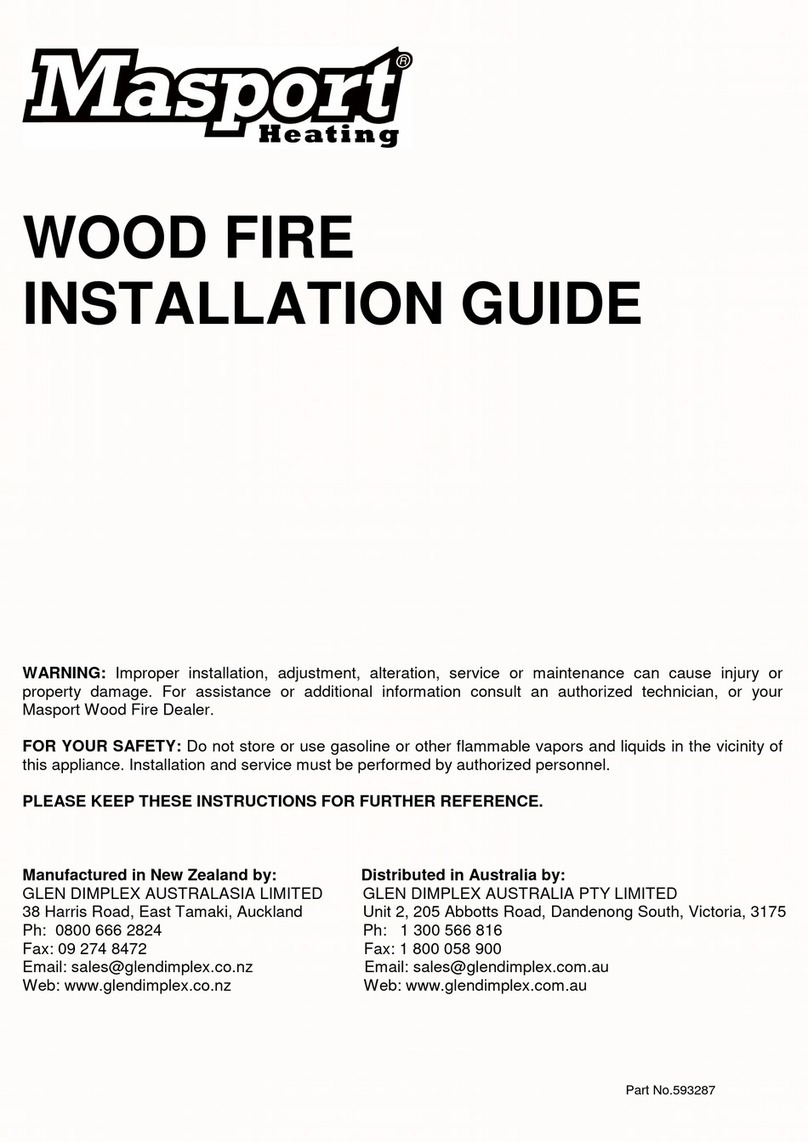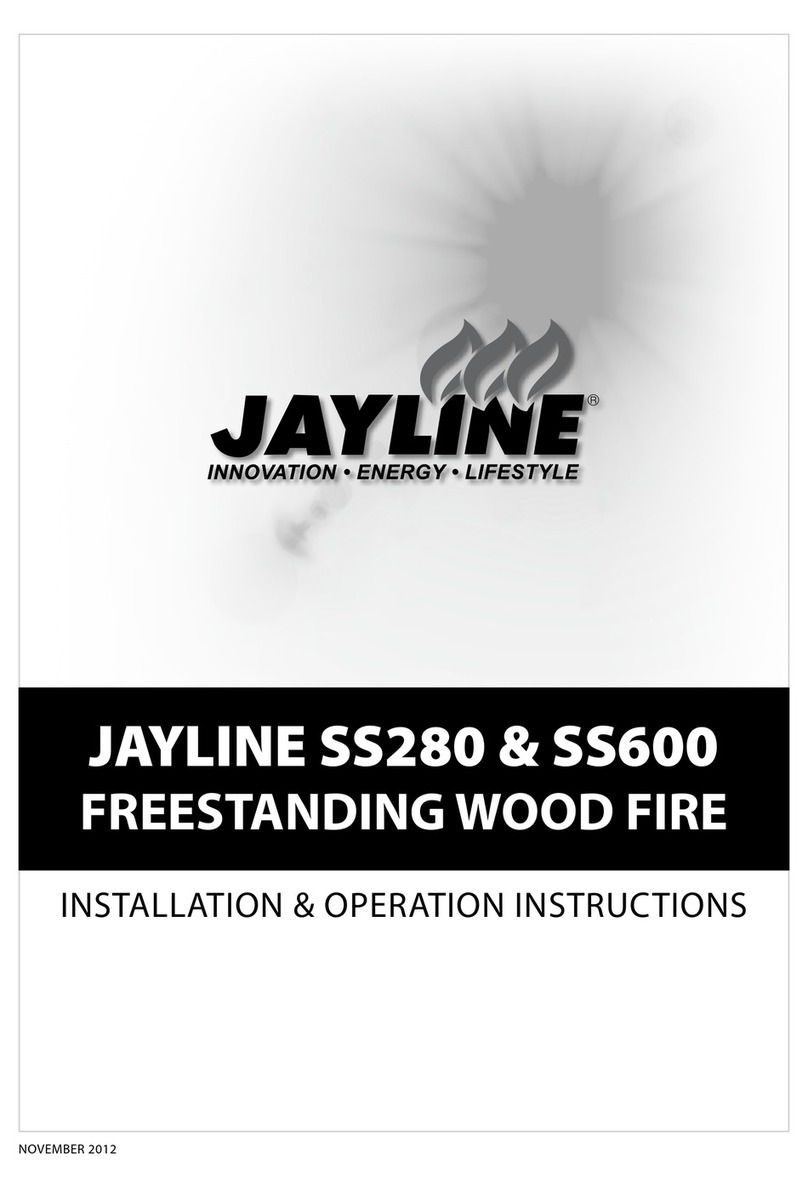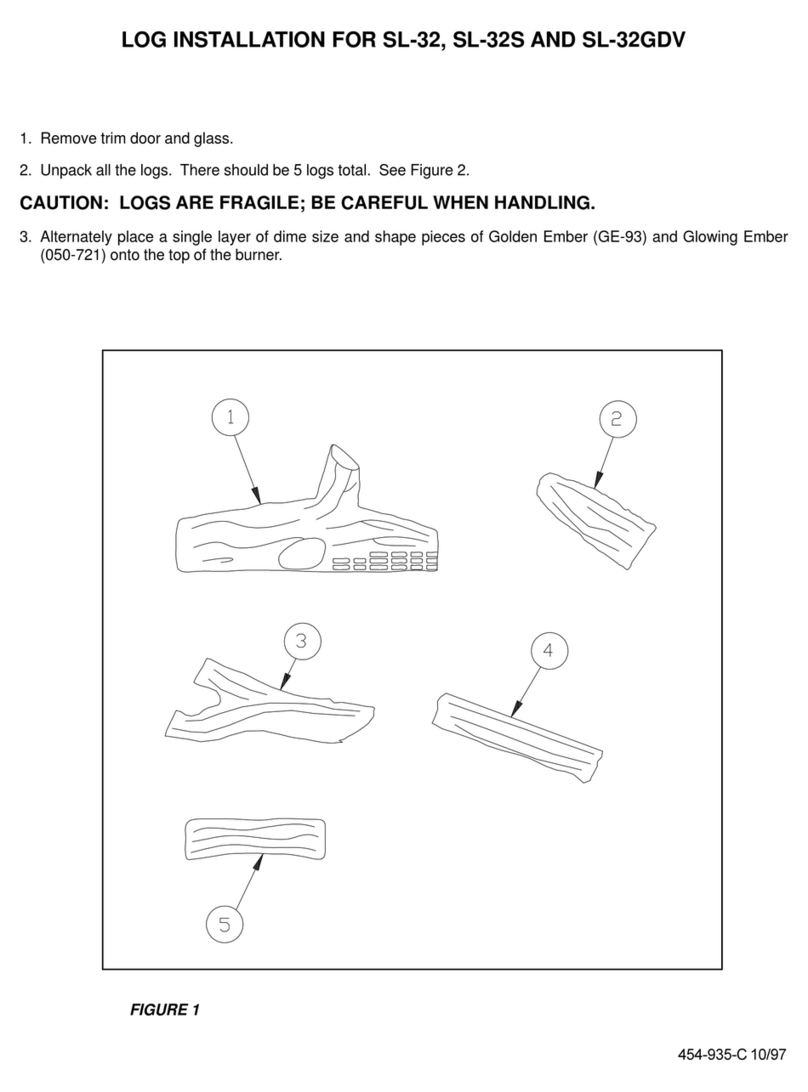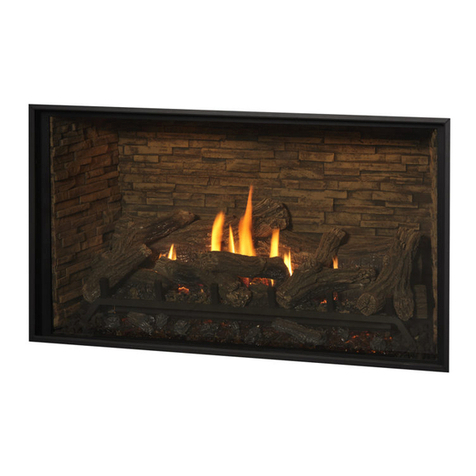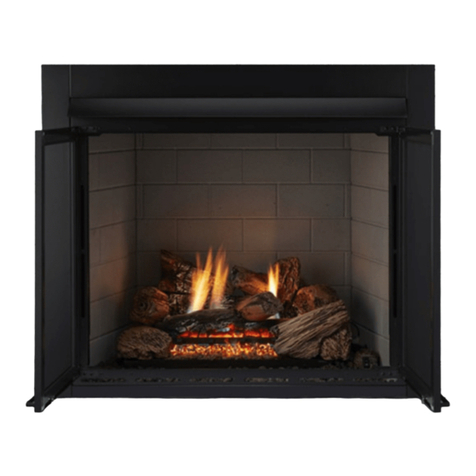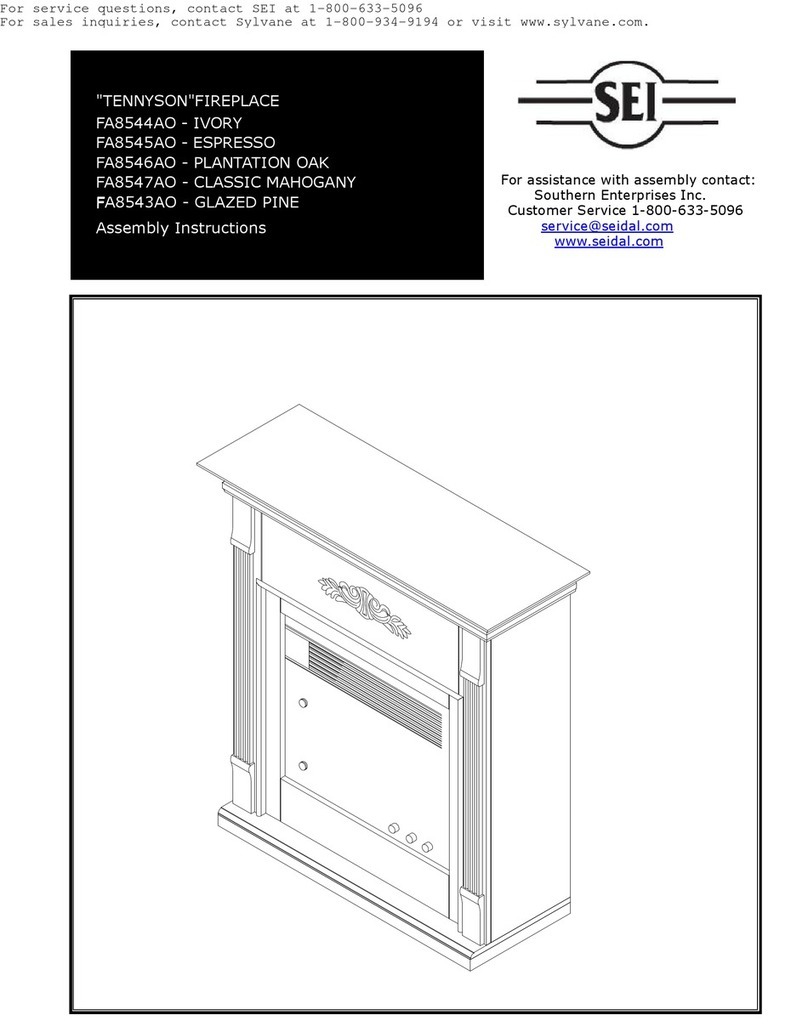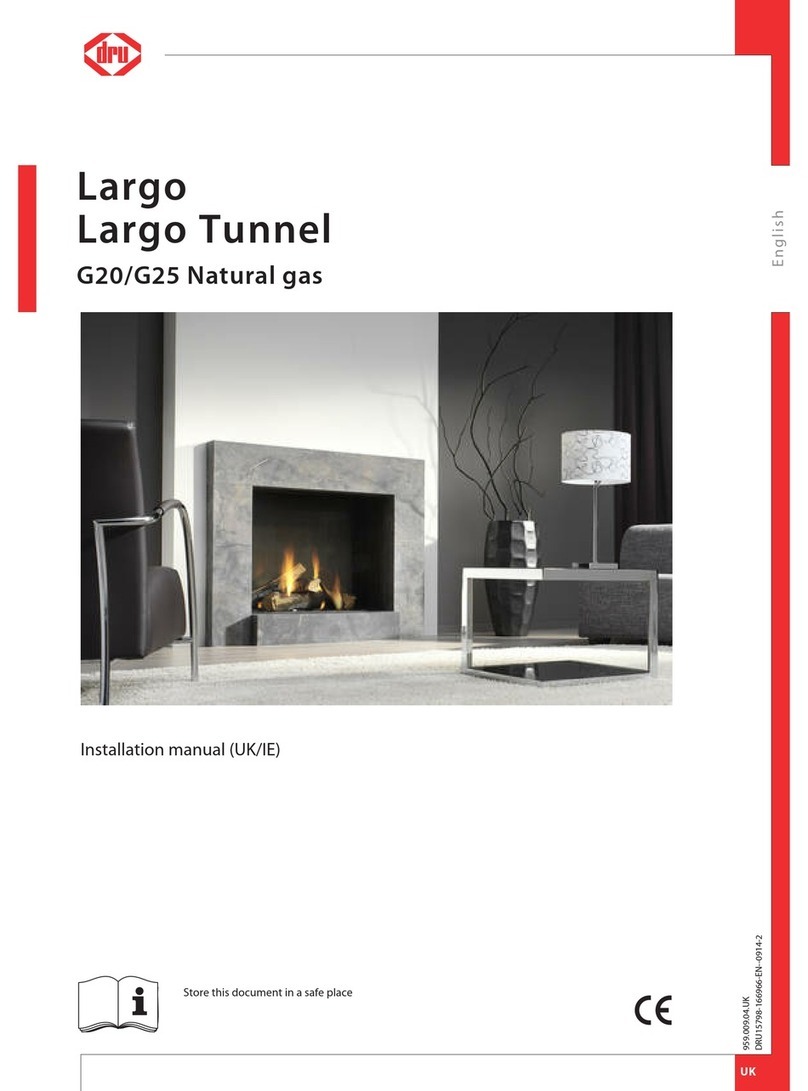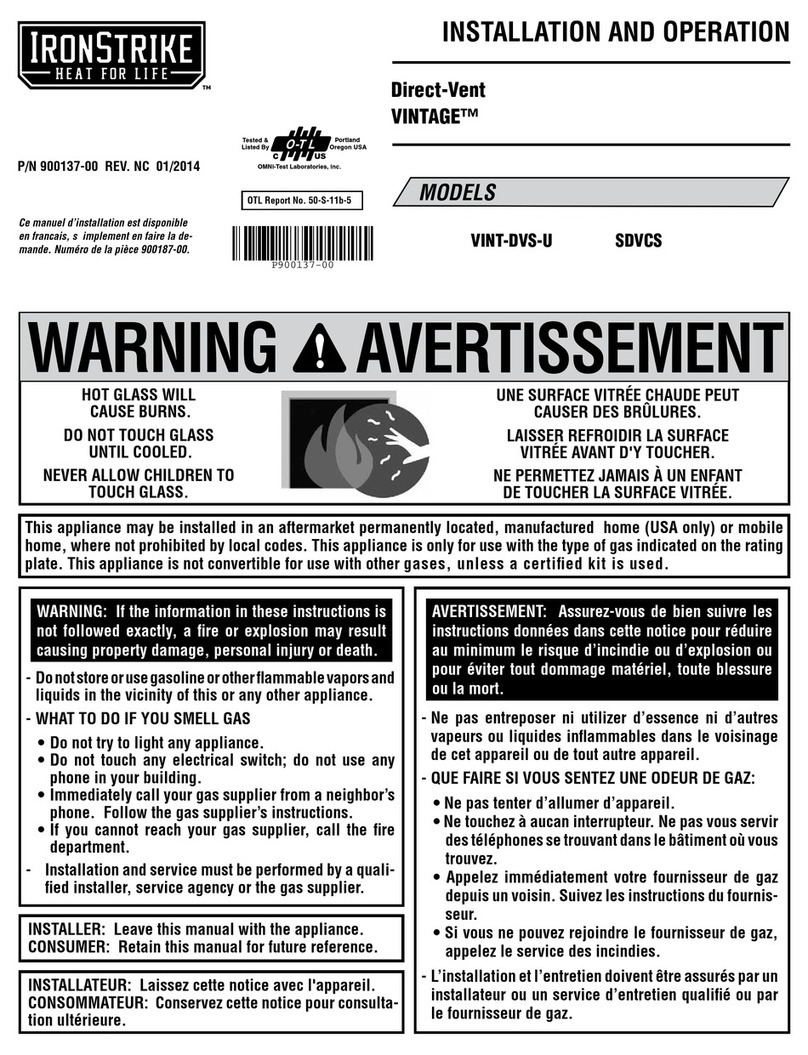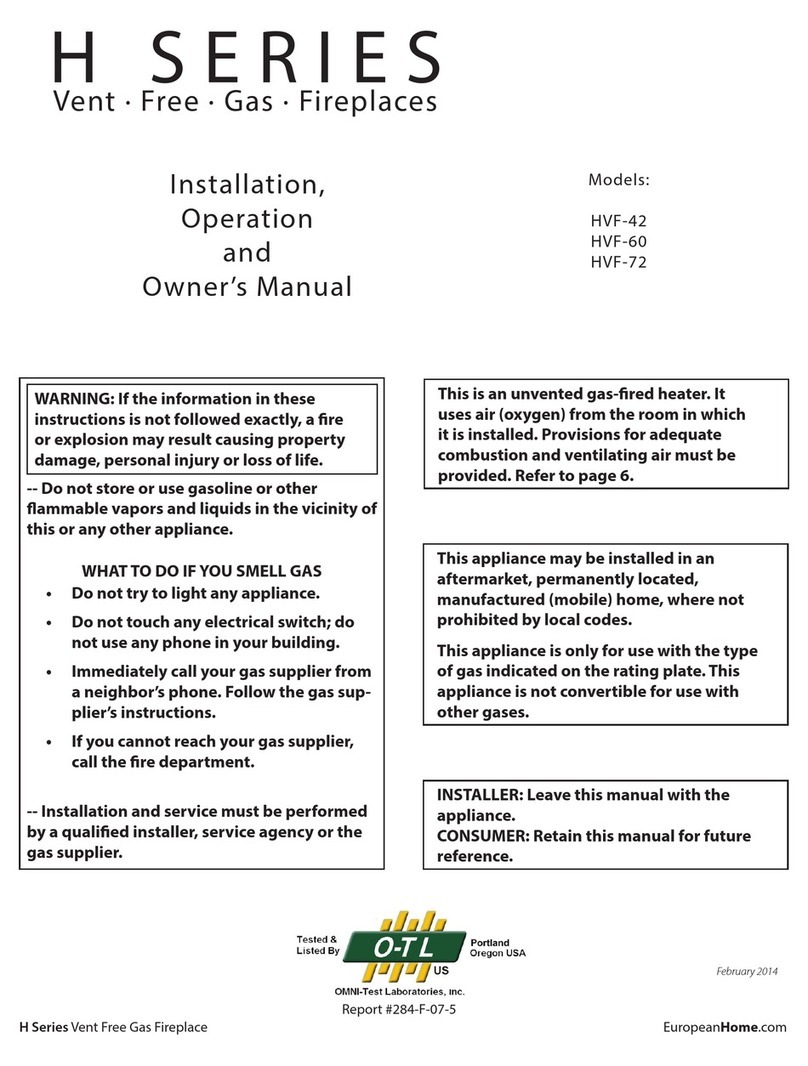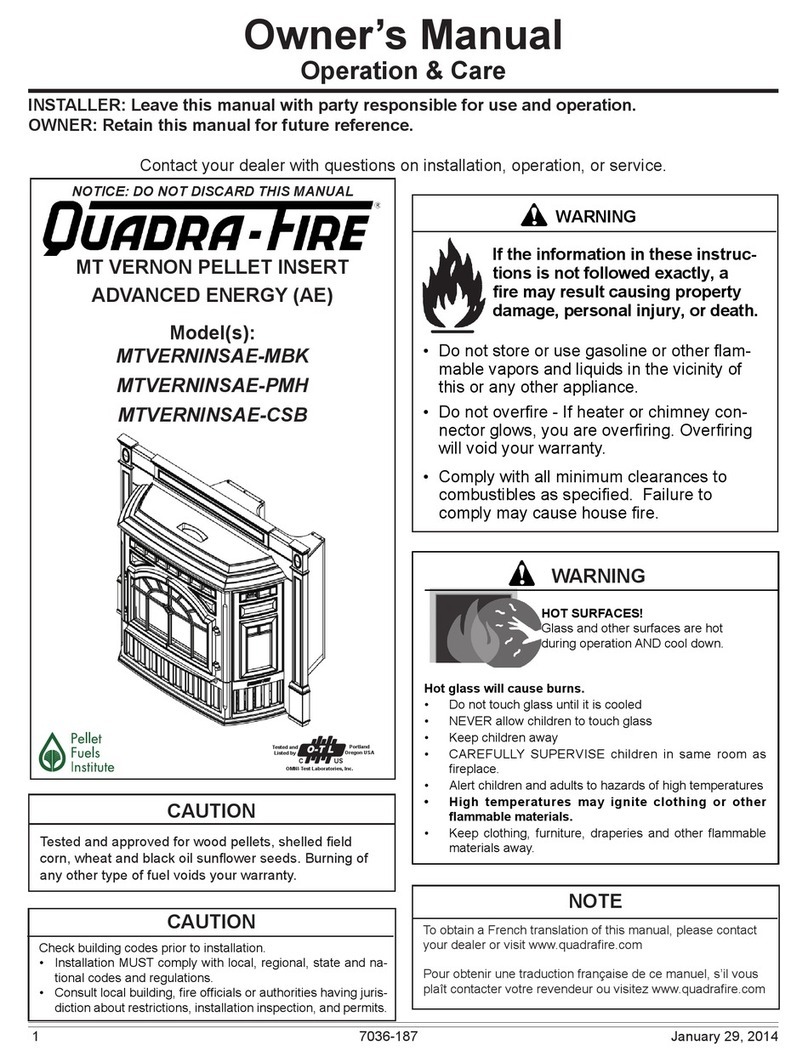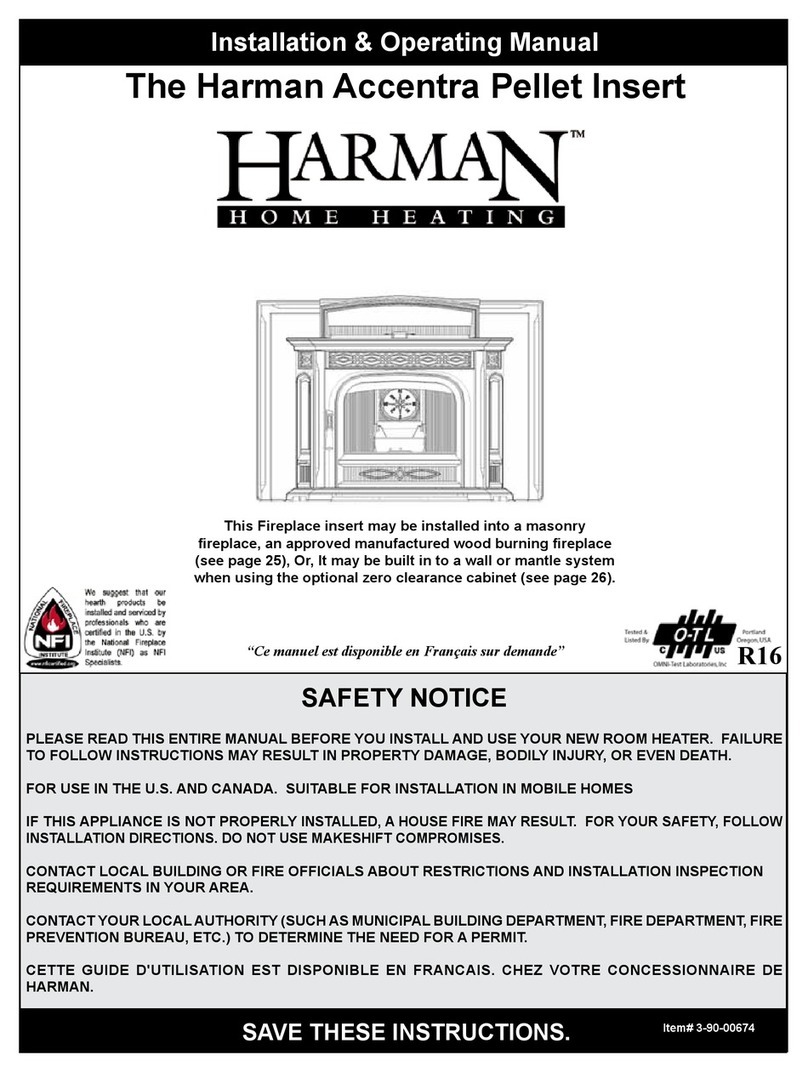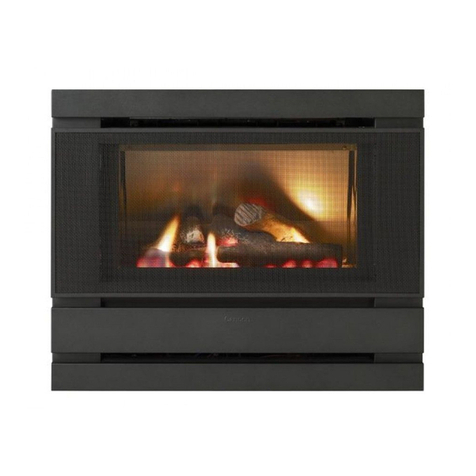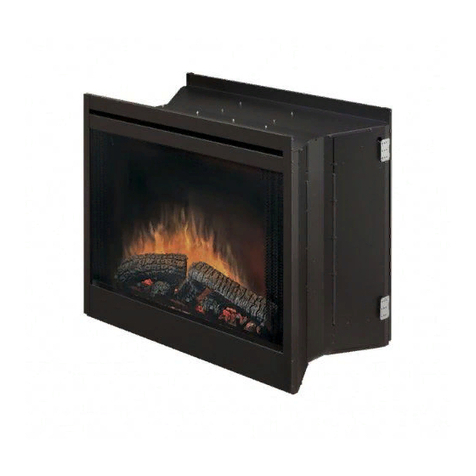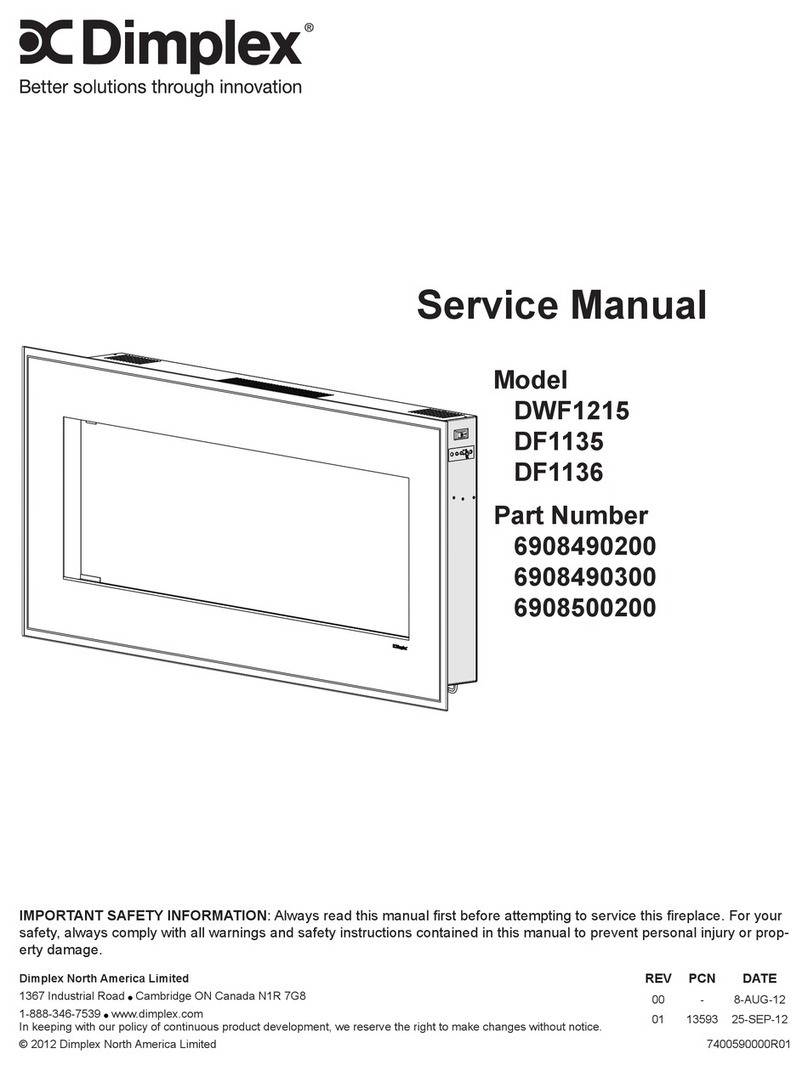
6
1. With the water supply turned off, connect the correct adaptor to the main water supply. (Fig 33.1)
2. Position the water lter (Fig 33.5) in a suitable location. This will need to be accessed for future replacement. The
two xing clips can be used to x the lter to a solid surface, if required.
3. Using a sharp knife or blade, cut two lengths of the blue PVC pipe. One length (Fig 33.2) should be long enough to
travel from the adaptor at the main supply to the ball valve (Fig 33.3). The second length (Fig 33.4) should be long
enough to travel from the ball valve to the inlet of the lter. When cutting the pipe, ensure that the end of the tubing
is cut square to prevent leaking.
4. Insert the cut pipe into the ttings, ensuring each one is pushed in fully. About 12mm of the end of the pipe should
be inserted into each tting. When inserting pipe into the lter, take note of the ow direction on the lter and ensure
the pipe from the main supply is tted to the inlet of the lter.
5. Following the same steps above, cut a length of pipe (Fig 33.6) from the outlet of the water lter to the ball valve
which has been supplied already connected to the product (Fig 33.7).
6. Before connecting the pipe to the ball valve on the product, ush out the newly plumbed pipe by opening the valve
and allowing water to ow. This is to prevent any debris from the installation from entering the product. Once the
piping has been ushed out, connect the pipe into the ball valve on the product.
7. Before fully installing the product, inspect all water connections by opening each of the valves in turn and ensuring
that no leaks are present.
Water Connection – Additional Information
Water Pressure: the water pressure on the appliance should be between 8Bar (800Kilopascals) and 0.5Bar
(50Kilopascals). Where required, use a pressure reducing valve.
If the product is being supplied from a header tank, a head of at least 2 metres must be maintained above the product.
ELECTRICAL CONNECTION
Plug the re into a 16amp 230/240 Volt outlet. Be sure to have access to the plug after installation to allow for
disconnection. Ensure that the supply cable exits at the back of the re at the right or left hand corner to suit your supply
socket location and is not trapped under the re such that it might cause it to be damaged.
INSTALLING THE PRODUCT INTO SURROUND/ENCLOSURE
Once your enclosure has been built to the required dimensions and the electrical connection has been installed, follow
the steps below to install your product.
1. Sit the product on the constructed base, ensuring the cable is accessible and not caught under the product.
2. Ensure the product is at the correct height to suit the installation and ensure it is adequately level. This can be done
by adjusting the adjustable feet with a at head screwdriver. (Fig 5) The levelness of the product can be veried by
checking the on-board spirit level which is located on the metal base towards the back of the re (Fig 6).
3. Once the product is at the correct height and is level, centre the product within the opening. If using the LED fuel
bed (which is wider than the product), this can be done by tting the fuel bed to the product. The fuel bed will centre
itself within the opening and its guides will centre the product underneath (Fig 7).
4. With the product in its nal position, remove the fuel bed and using suitable screws (not provided) screw the product
to the surround using the four xing holes shown in Fig 8.
COMMISSIONING/INITIAL PRODUCT START-UP
CONNECTING THE RECEIVER/TETHERED REMOTE
With the fuel bed removed, Connect the Bluetooth receiver connector into the receiver cable socket at the back of the
appliance (Fig 9). It is important to ensure that the jack is pushed fully into the socket. Failure to fully insert the connector
will prevent the product from functioning correctly. The receiver has a cable length of 1.4m which will allow you position it
anywhere around the product. If you prefer to hide it, the receiver can be placed inside the surround/wall. Please ensure
that the receiver is not enclosed in metal, concrete or any other dense material, this will affect the signal from the remote
control.
INITIAL PRODUCT START-UP
In some cases, where low water pressure exists or where the product is being fed by the pump accessory, the product
may start to ll with water but not complete its rst ll within the allowed lling time period. It is recommended that each
sump is primed with 600-700ml of water before switching on the product for the rst time. If measuring this amount of
water is not possible, the water guide in the sump moulding can be used for reference. Fill the sump with water until the
top surface of the water is level with the top of the water guide. See Fig. 12B for details on the location of the water guide.
After priming the sump(s) the product can be switched on and it should begin to top off the sump(s) with water. Please
note, if no water is entering the sump, there may be an issue with the water supply to the product. This error will be
represented by the product ashing two times 30 seconds after rst turning on the product. Check all water connections
and ensure that there are no leaks present. Also check that the Sponge Absorption Valve has not been activated; see
‘Changing the Sponge Absorption Valve Pad’ paragraph below under ‘Maintenance’. Reset the product by switching off
the main switch and leaving it rest for 20 seconds. Switch the main switch back on again and the product should resume
operation.
